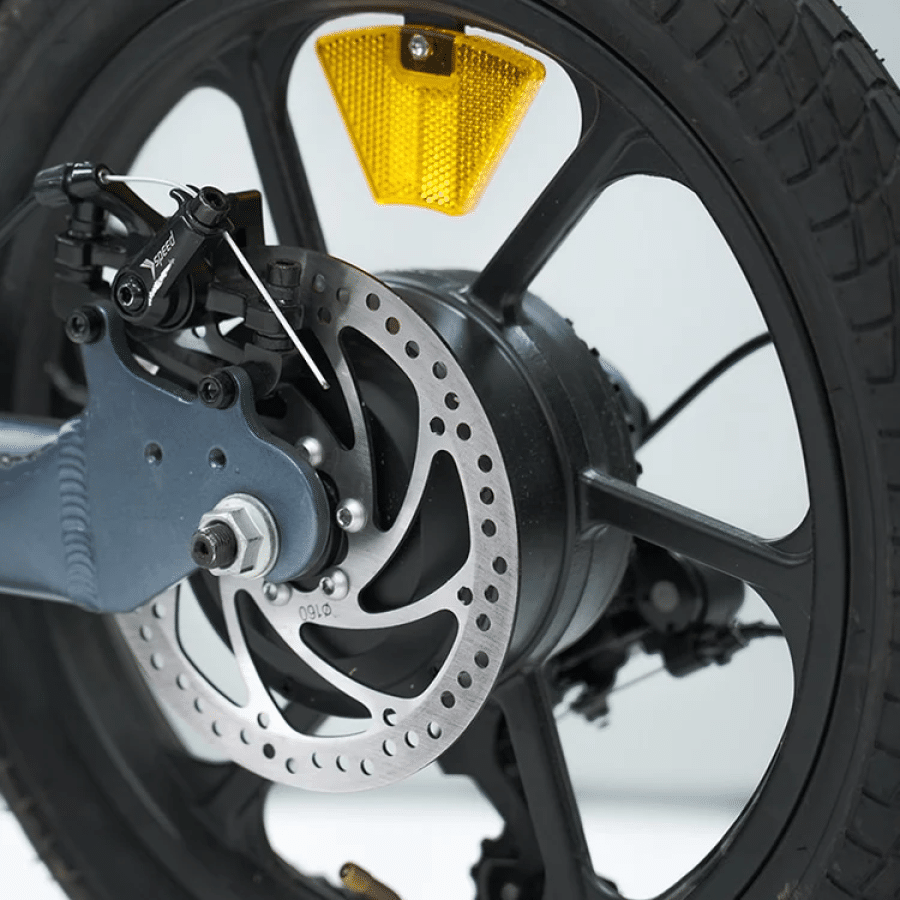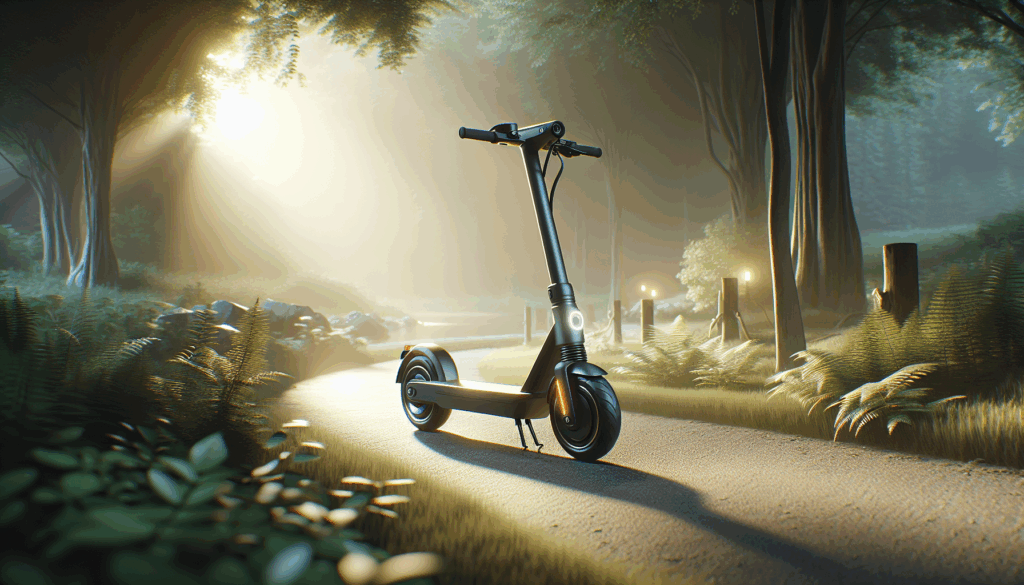E-scooters have rapidly transformed urban commuting, offering a perfect blend of efficiency, affordability, and environmental consciousness. As cities become more congested and fuel costs continue to rise, electric scooters have emerged as a practical alternative that promotes green mobility. However, as with all vehicles, safety remains a critical consideration and at the heart of safety lies the braking system. Reliable brakes not only ensure rider confidence but also play a pivotal role in preventing accidents and maintaining control during emergency situations. This makes understanding how e-scooter braking systems have evolved an essential part of appreciating modern micro-mobility engineering.

Over the years, the evolution of e-scooter brake technology has mirrored advancements in automotive and bicycle systems. What began as simple friction-based brakes has now progressed into intelligent electronic braking systems capable of optimizing performance in real time. These technological strides have enhanced both safety and rider comfort, allowing for smoother stops and energy-efficient designs that even help recharge the battery through regenerative braking. As manufacturers continue to innovate, the development of advanced braking solutions stands as a testament to the industry’s commitment to blending safety, sustainability, and cutting-edge technology in the ever-growing world of personal electric transportation.
Manual Brakes: The Early Days
In the early days of electric scooters, most models were equipped with manual brake systems, typically in the form of friction brakes. These brakes operated by applying pressure directly to the wheel or the handlebar, requiring physical force from the rider to decelerate or stop the scooter. While effective to a certain extent, manual brakes had their limitations. They relied heavily on the rider’s strength and could sometimes result in abrupt stops, posing a safety risk. As e-scooter technology advanced, the need for more efficient and user-friendly braking systems became apparent.
The Rise of Disc Brakes
With the demand for improved braking performance, the transition to disc brakes became a hallmark in the evolution of e-scooter brake technology. Disc brakes, commonly found in bicycles and motorcycles, offered significant advantages over traditional friction brakes. The introduction of disc brakes to e-scooters brought about enhanced stopping power, better modulation, and improved resistance to wear and tear. The design also mitigated issues related to overheating, a common concern with prolonged use of friction brakes. E-scooter enthusiasts welcomed the shift to disc brakes, acknowledging the tangible improvements in safety and maneuverability they delivered.

Electric Brake Systems: A Game-Changer
In the quest for heightened efficiency and seamless operation, e-scooter manufacturers turned their attention towards electric brake systems. This marked a significant leap in the evolution of e-scooter brake technology. Electric brakes, comprising regenerative and electronic systems, revolutionized the braking experience for riders. Regenerative braking harnesses the kinetic energy of the scooter during deceleration and converts it into electrical energy, subsequently recharging the battery. On the other hand, electronic brake systems utilize sensors and control units to administer precise and responsive braking, enhancing the overall safety and user experience. The advent of electric brake systems represents a pivotal moment in the evolution of e-scooter technology, setting new standards for performance and sustainability.

Futuristic Innovations and Integration
Looking ahead, the future of e-scooter brake technology promises further innovations and seamless integration with other advanced features. Emerging technologies such as anti-lock braking systems (ABS) and predictive braking algorithms are on the horizon, offering unparalleled control and safety enhancements for riders. Manufacturers are also exploring opportunities to integrate braking systems with smart connectivity, enabling real-time monitoring and optimization of brake performance. As the e-scooter landscape continues to evolve, we can anticipate a fusion of cutting-edge brake technology with intelligent, interconnected functionalities, propelling the e-scooter experience to new heights.
Conclusion: Pioneering the Ride: Empowering E-scooter Safety
The evolution of e-scooter brake technology from manual to electric exemplifies a journey driven by innovation and a commitment to improving safety and performance. This progression has not only shaped the functionality of e-scooters but has also contributed to a safer and more intuitive riding experience. As e-scooters increasingly become a fixture in urban settings, the evolution of their braking systems stands as a testament to the industry’s dedication to pioneering the ride – empowering riders with advanced, efficient, and secure mobility solutions.
